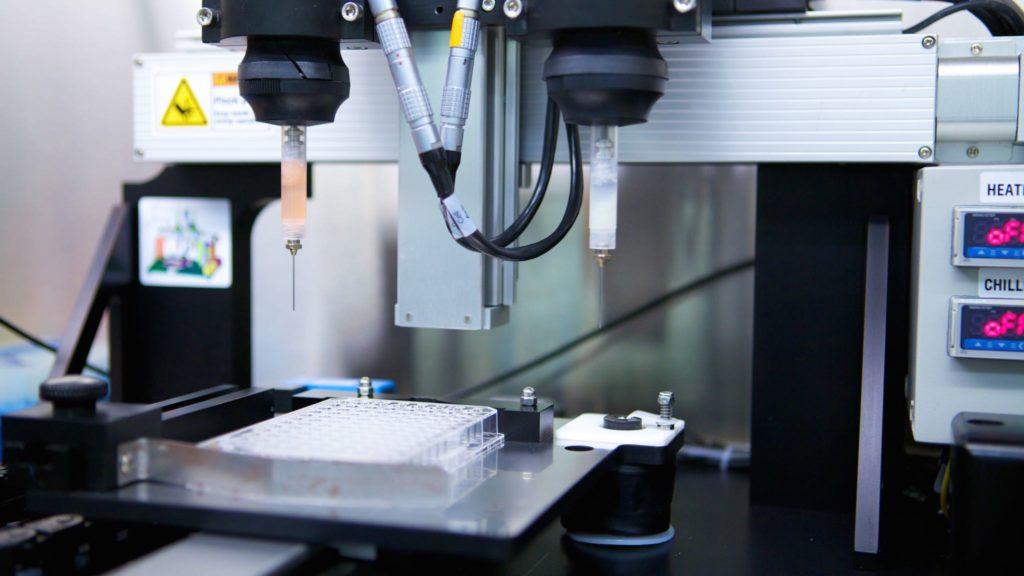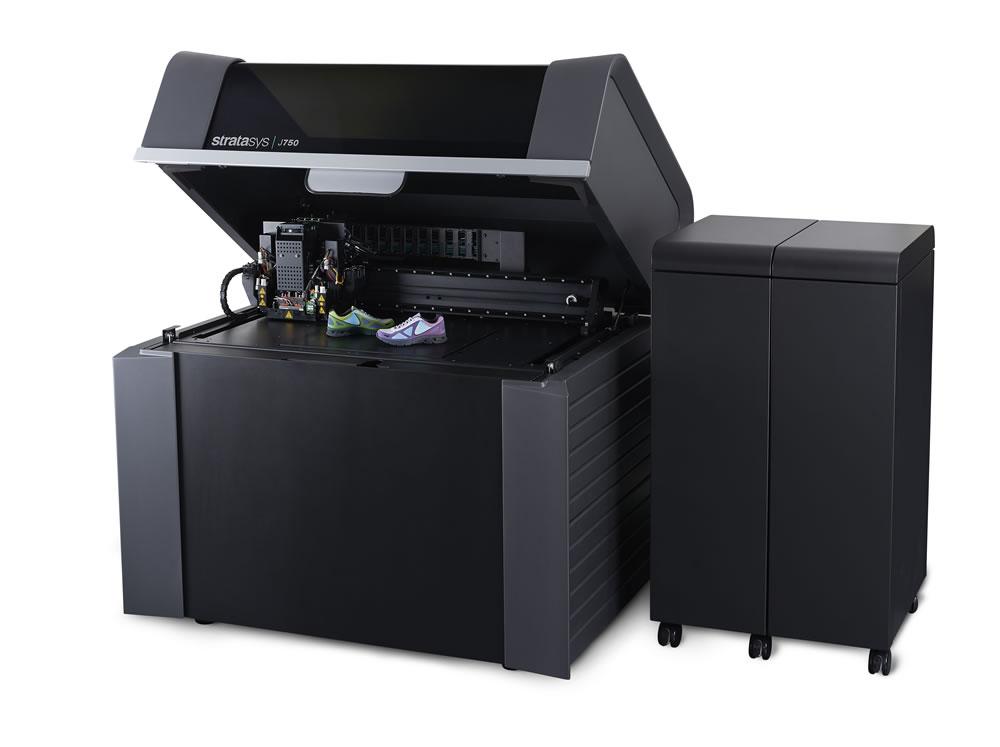Multinational professional services firm Ernst & Young executive Channing Flynn examined the implications of 3D printing and rising interests of global corporation and conglomerates in an article published earlier this year in the Harvard Business Review. Flynn believes executives must analyze the opportunities 3D printing provides in optimizing inefficient operations.
In particular, Flynn’s analysis of 3D printing and its potential in a wide range of industries sets a focus on the adaptability and flexibility of the technology. As an executive of a multi-billion dollar firm and an expert in the field of taxes and payments, he perceives four main applications of 3D printing that could substantially reduce capital costs and human labor in most corporate operations:
- Distribution of Tangible Goods
- Online Purchases Printed at Will; Impact on ROI
- Cost of Traditional Manufacturing Process Overtake Value of 3D Printers
- Optimization of Operations
The first and the fourth applications of 3D printing are parts of a more common theme to manufacturing companies, like Boeing, that have experimented with the 3D printing technology to integrate it as a core foundation of the company’s innovative manufacturing processes.
 For years, executives at Boeing have leveraged the benefits of 3D printing and the impact it has on the marginal costs of manufacturing aircraft parts. Previously, each time an aircraft part was required to be replaced, fixed, or improved, manufacturers at Boeing had to place an order to its contractors worldwide, which then shipped the requested items back to the company.
For years, executives at Boeing have leveraged the benefits of 3D printing and the impact it has on the marginal costs of manufacturing aircraft parts. Previously, each time an aircraft part was required to be replaced, fixed, or improved, manufacturers at Boeing had to place an order to its contractors worldwide, which then shipped the requested items back to the company.
The entire process of order placement, receiving, and implementation takes at least two full months of active operation, which costs aircraft manufacturers like Boeing a substantial amount of money and time. More importantly, while parts are being ordered, the aircraft has to be kept idle, which significantly affects the company if opportunity cost is considered.
When Boeing began to integrate 3D printing as a core part of their manufacturing process, it reduced costs, time, and human labor involved in traditional development processes. Furthermore, when an aircraft part is impaired, Boeing manufacturers are able to 3D print it on the spot, without having to deal with months-long shipping mechanism which has been proven to be inefficient over the past decade.
Thus, Flynn encourages executives to ask themselves:
- What would be the cost/benefit of flattening your supply chain and moving production closer to your markets?
- How could digital printing improve your innovation, product development, and speed to market?
Before an opportunity analysis is conducted and executives investigate the possibility of integrating the 3D printing technology, opportunity costs must be considered. In other words, can corporations drive higher revenue margins by implementing 3D printing rather than remaining with other conventional methods of manufacturing?
High standard and enterprise-grade 3D printers tend to display unprecedented values compared to commercial 3D printers due to their ability to handle mass production of parts. Prominent 3D printer development firm Stratasys’ enterprise-grade 3D printers can cost $750,000, which can be costly for most companies in the field of manufacturing.
However, as Flynn suggests, it is important for executives to consider the return on investment (ROI) on the purchase of 3D printers. When a $750,00 printer is acquired, what impact can it have in financial and economical terms to the company? Can it also lead to an introduction of an entirely new service that is only made possible through 3D printing?
For instance, 3D printing grants healthcare companies an opportunity to target a completely new field of medical studies through the utilization of 3D printing. Through the purchase of a professional 3D printer and integration of 3D imaging technology, medical firms can strategize new surgical mechanisms, introduce innovative equipment for surgeries on delicate internal organs, and manufacture custom-built body parts.
 Earlier this year, an Australian surgeon gained mainstream attraction when he become the first neurosurgeon to insert 3D printed vertebrae. Dr. Ralph Mobbs eliminated cancer-affected vertebrae and replaced them with a 3D printed implant, which allowed a previously impossible surgery into a successful surgical procedure.
Earlier this year, an Australian surgeon gained mainstream attraction when he become the first neurosurgeon to insert 3D printed vertebrae. Dr. Ralph Mobbs eliminated cancer-affected vertebrae and replaced them with a 3D printed implant, which allowed a previously impossible surgery into a successful surgical procedure.
“Without surgery and without treatment of this type of tumour, the outlook for this patient would be particularly nasty and a particularly horrific way of dying,” said Mobbs. “There’s no two ways about it, he would gradually lose function of his arms and legs, gradually lose function of his capacity to breathe, eat, let’s not take it too far further than that, it’s not a pleasant death at all.”
3D printing could revolutionize manufacturing and healthcare industries among many other markets. It presents a relatively high ROI for executives to consider and a huge opportunity cost if corporations fail to adopt 3D printing and move on to conventional technologies. Discuss in the ROI forum at 3DPB.com.
[Source: Harvard Business Review]Subscribe to Our Email Newsletter
Stay up-to-date on all the latest news from the 3D printing industry and receive information and offers from third party vendors.
You May Also Like
Profiling a Construction 3D Printing Pioneer: US Army Corps of Engineers’ Megan Kreiger
The world of construction 3D printing is still so new that the true experts can probably be counted on two hands. Among them is Megan Kreiger, Portfolio Manager of Additive...
US Army Corps of Engineers Taps Lincoln Electric & Eaton for Largest 3D Printed US Civil Works Part
The Soo Locks sit on the US-Canadian border, enabling maritime travel between Lake Superior and Lake Huron, from which ships can reach the rest of the Great Lakes. Crafts carrying...
Construction 3D Printing CEO Reflects on Being Female in Construction
Natalie Wadley, CEO of ChangeMaker3D, could hear the words of her daughter sitting next to her resounding in her head. “Mum, MUM, you’ve won!” Wadley had just won the prestigious...
1Print to Commercialize 3D Printed Coastal Resilience Solutions
1Print, a company that specializes in deploying additive construction (AC) for infrastructure projects, has entered an agreement with the University of Miami (UM) to accelerate commercialization of the SEAHIVE shoreline...































